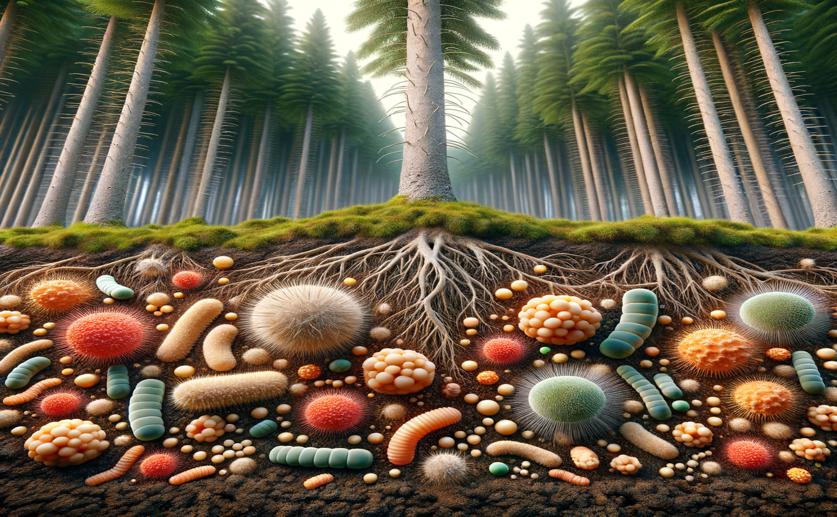
Soil Microbes and Their Relationships in Alpine Pine Forests
Jenn Hoskins
5th April, 2024

Image Source: Natural Science News, 2024
Key Findings
- In Europe's alpine P. cembra forests, microbial communities in the soil are similar across different locations
- Snow cover increases the richness of soil microbes, suggesting seasonal changes in nutrient cycling
- Specific fungi and bacteria show seasonal abundance variations, indicating their roles in the ecosystem's nutrient turnover
References
Main Study
1) Fungal and bacterial communities and their associations in snow-free and snow covered (sub-)alpine Pinus cembra forest soils
Published 2nd April, 2024
https://doi.org/10.1186/s40793-024-00564-7
Related Studies
2) Ecological responses to variation in seasonal snow cover.
3) Alpine soil microbial ecology in a changing world.
4) The importance of the microbiome of the plant holobiont.
5) Bacterial-fungal interactions: ecology, mechanisms and challenges.



 1st February, 2024 | Phil Stevens
1st February, 2024 | Phil Stevens